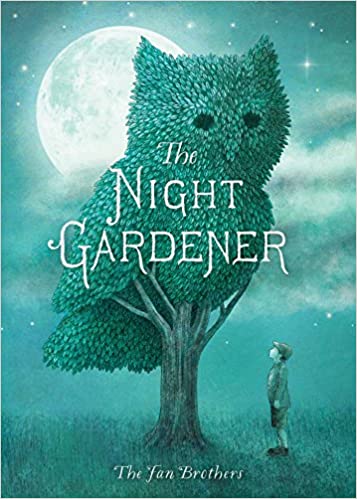True story: my in-laws, who were high school sweethearts and live in the midwestern factory town they grew up in, used to ride their motorcycles with my now-husband nestled on the gas tank in front of one of them, where he would fall asleep.
The family loves this story, because it’s youth, because they got away with something. Because it’s emblematic of what feels like, from the present, a freer past.
The first time I read Isabel Quintero and Zeke Pena’s MY PAPI HAS A MOTORCYCLE, I was struck by how much it reminded me of my in-laws and by how much I thought they would love this book. The working class ethos, the motorcycle as the object that brings father and child together as well as connects them to their larger yet close-knit community. And especially the lovingly drawn community – if the passage about the city always being with the young MC didn’t seal the deal, the part about food always tasing better at abuelita’s would!
The short-and-sweet of it: When MC Daisy’s carpenter dad gets home from work, the two set off on a joyful cruise around their city, affirming their deep connection through ritual and celebrating their immigrant neighborhood, in part by noticing what’s changed and changing. Tomorrow we ride again!
As a believer in We Need Diverse Books (vision, “A world in which all children can see themselves in the pages of a book”) I love how this book celebrates Latinx culture. Kiddos who live on our block can see themselves in these pages. That’s essential, non-negotiable.
And I also adore what creators from marginalized or underrepresented groups have known and said all along—books that champion marginalized or underrepresented groups are also another way to reflect all of our communities, to find the commonalities while those who are learning about the culture turn new words over on our tongues, discover holidays and traditions, and share the celebration of music or food, and the most universal of all languages – love.
My husband’s hometown has changed a lot over the years. The immigrant community is much larger, and some people struggle with that. Isabel Quintero’s book makes me think that if we could tell everyone to bring their classic cars, their motorcycles and meet in the park to share this book between them, something transformative could happen. And then maybe we could talk about PHOTOGRAPHIC and Graciela Iturbide – an incredible artist.




